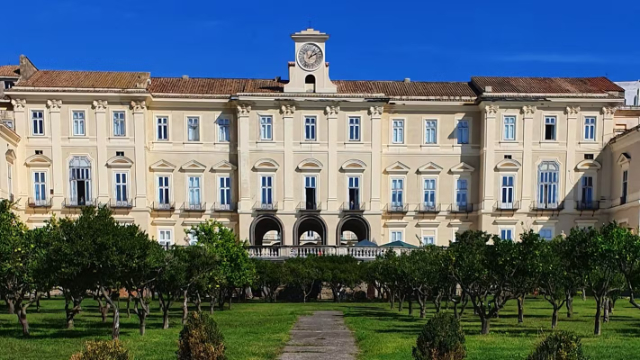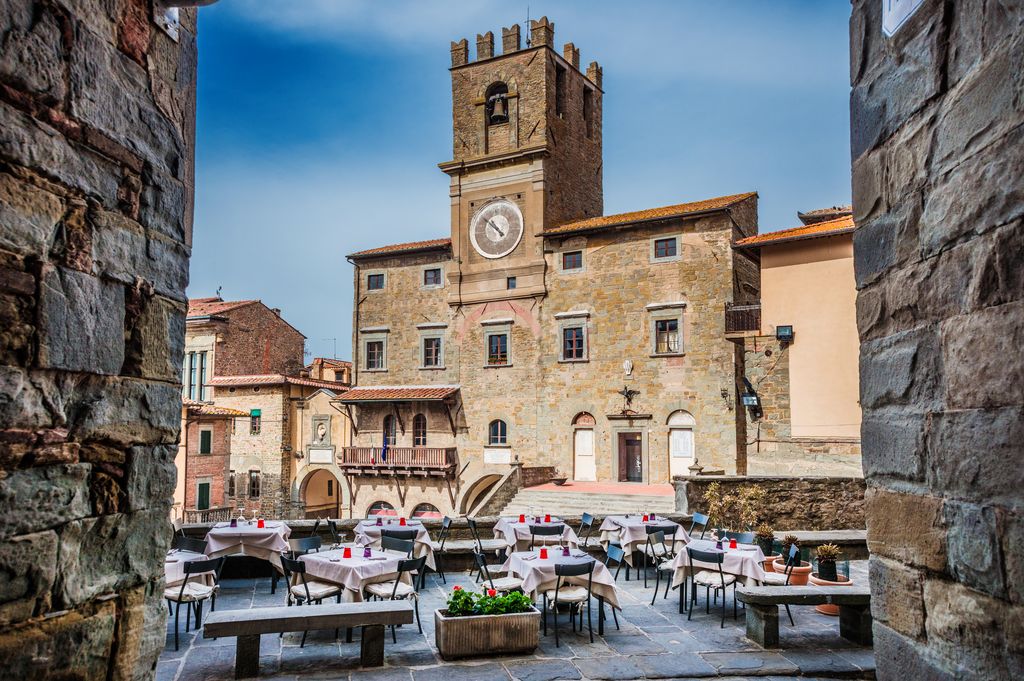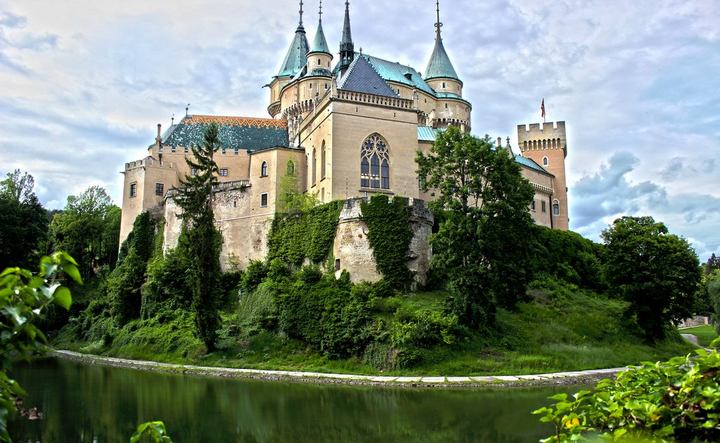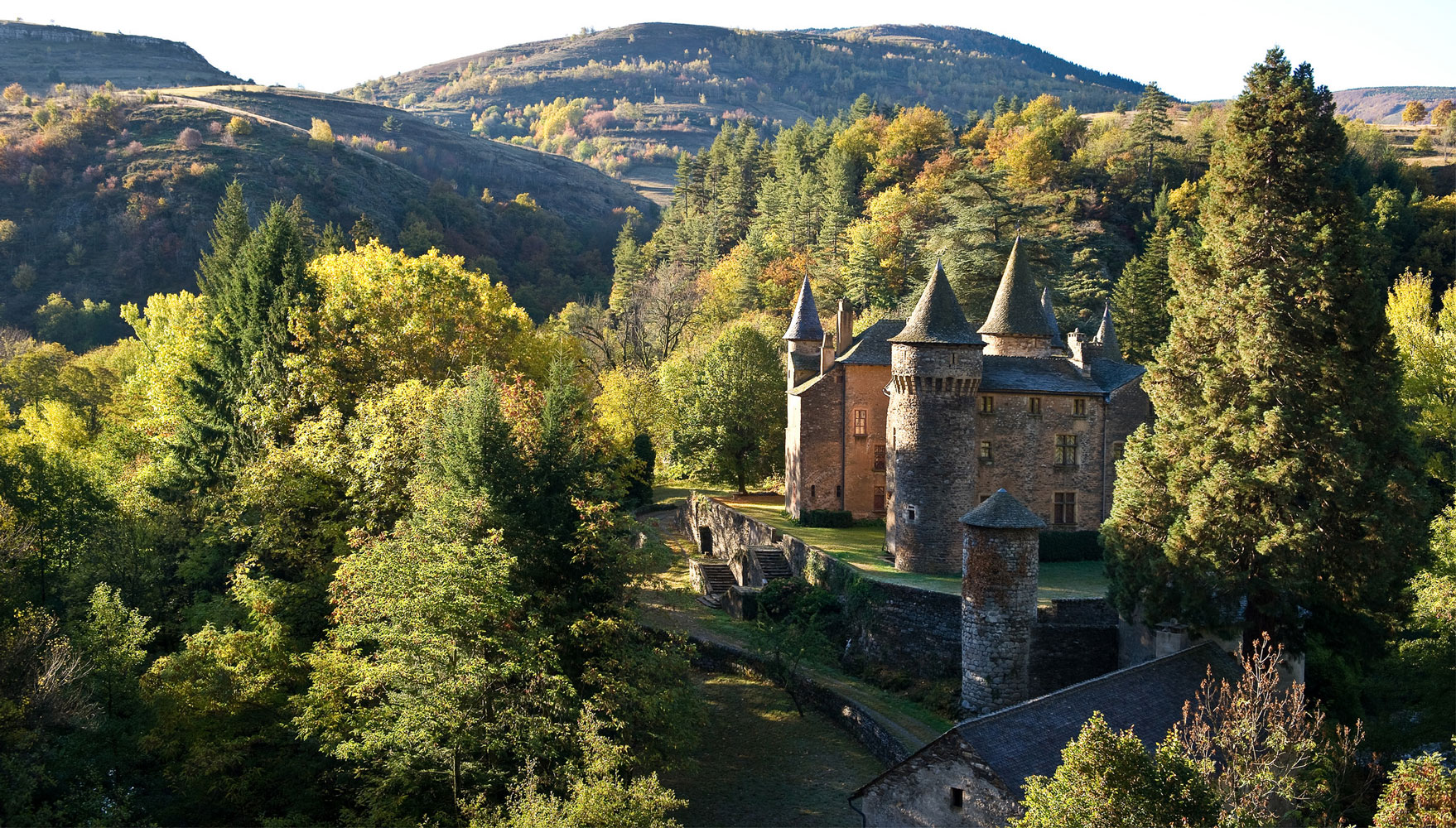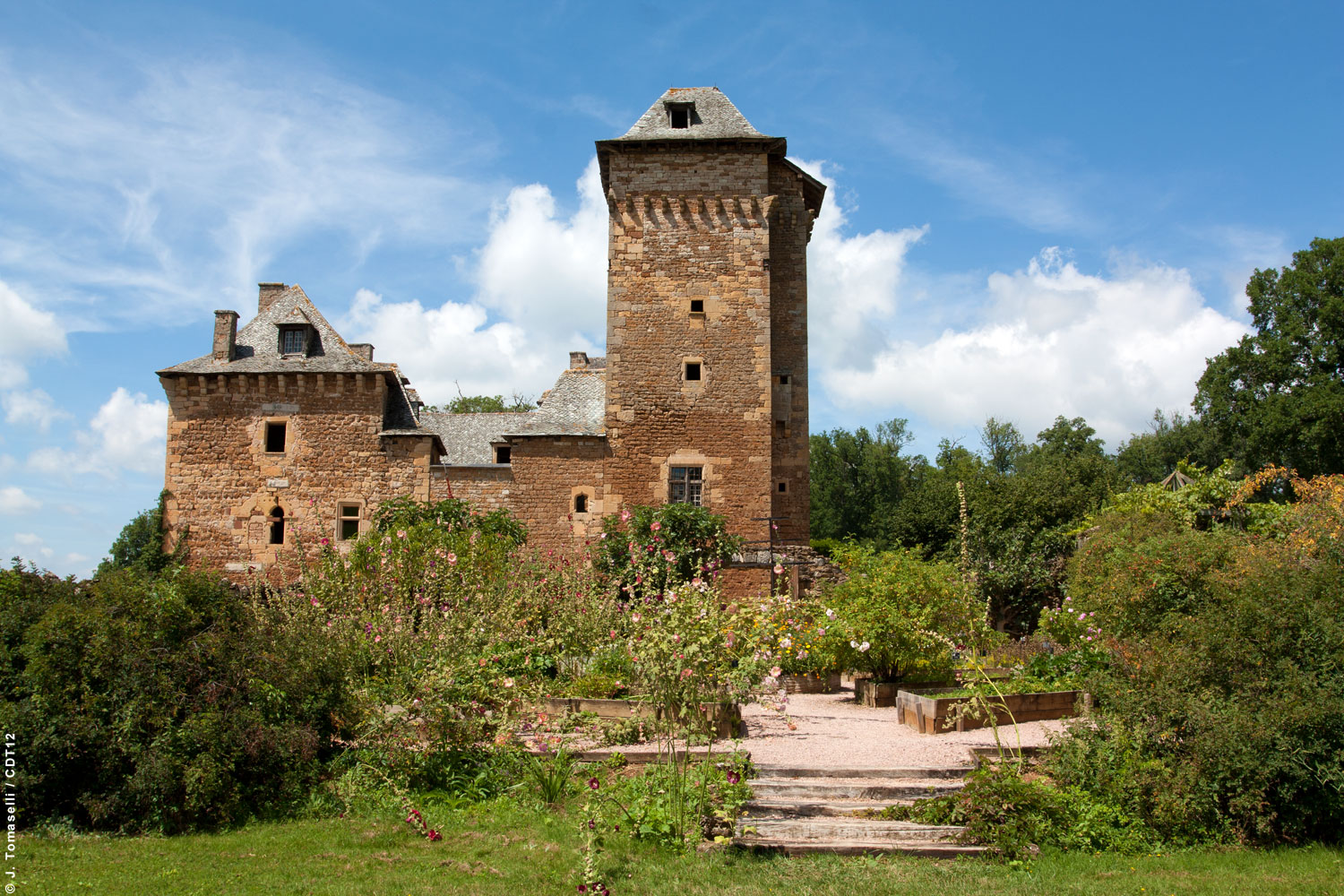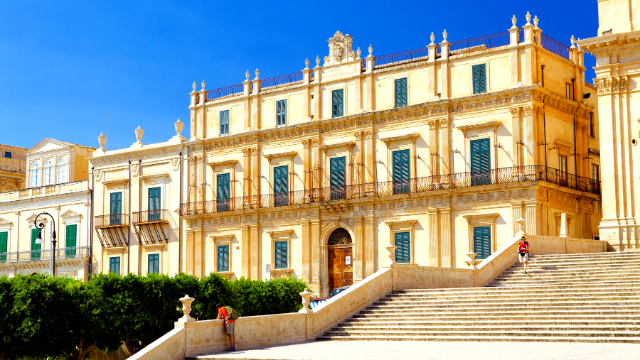In 1759, upon the death of his brother Ferdinand VI of Spain, Charles VII ascended the throne of this state as Charles III and abdicated from the thrones of Naples and Sicily in favor of his third-born son, still a child, Ferdinand IV , who in 1775 had "the Castle" and "the Wall for playing ball" built in the Upper Park.The Castle whose construction was supervised by engineer Michele Aprea reproduced in miniature the fortress of Capua. This was built to hide a water reservoir and was used for war exercises of the royal troops. Inside it was the "dumb board" , so called because it went up and down from a trapdoor located above the dining room so as not to inconvenience the waiters, and a chapel named after the Virgin of the Rosary.The Wall, supported by huge pillars, has in the center a door, now walled up, used to reach the playing field more easily; in front of it are arranged three steps on which spectators sat; to the left is the "rest pavilion" that served as a dressing room.Many kings and emperors came to visit Portici, some of whom stayed in the palace for a long time, not to mention the very high number of famous people.Portici until 1860 had politically an important role in the Two Sicilies and was considered the second capital of the kingdom; in fact numerous political acts, even very important ones, were issued from its Royal Palace.On June 14, 1761, Raffaello Morghen, the son of a gardener who worked in the service of the king, was born in the palace. Morghen became famous in the art of intaglio; so much so that he was considered the best in Italy at that time.In the spring of 1769 the Emperor Joseph II of Austria was hosted at length in the Royal Palace. In 1770 Mozart, just 14 years old, stayed there, and one morning in the Royal Chapel, in the presence of the entire court, he offered his divine notes to the Virgin.
